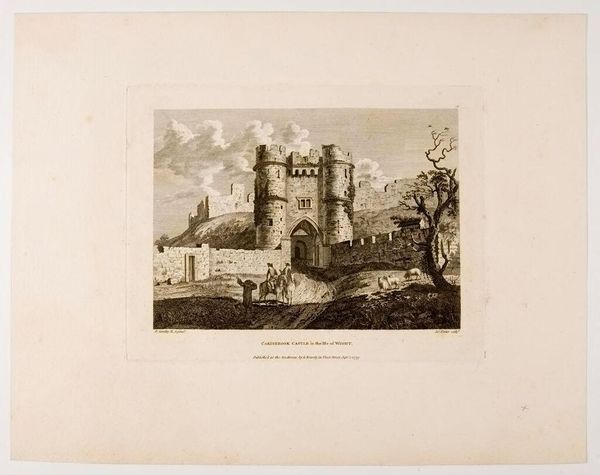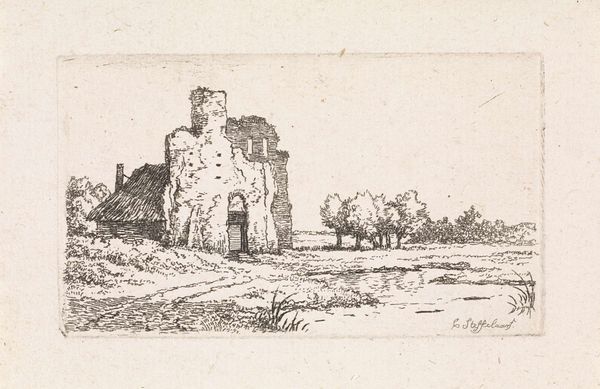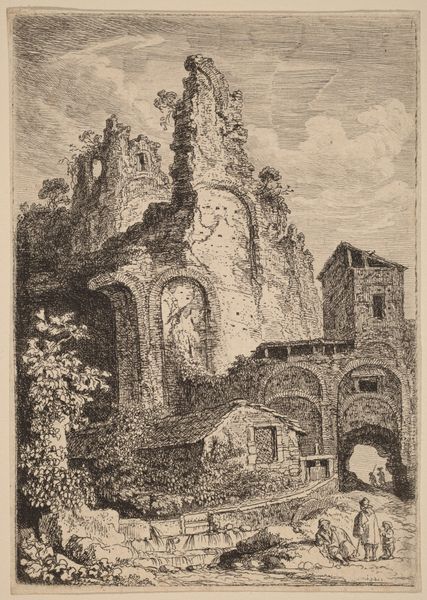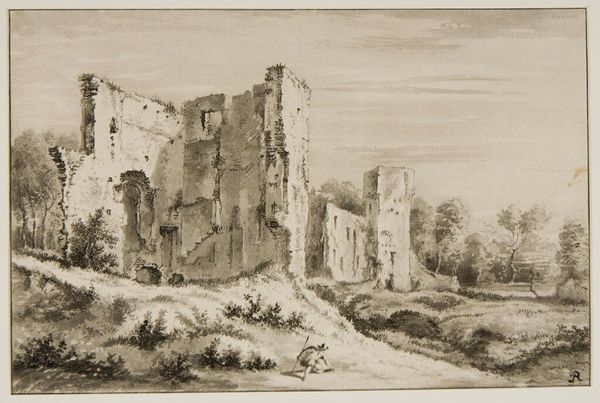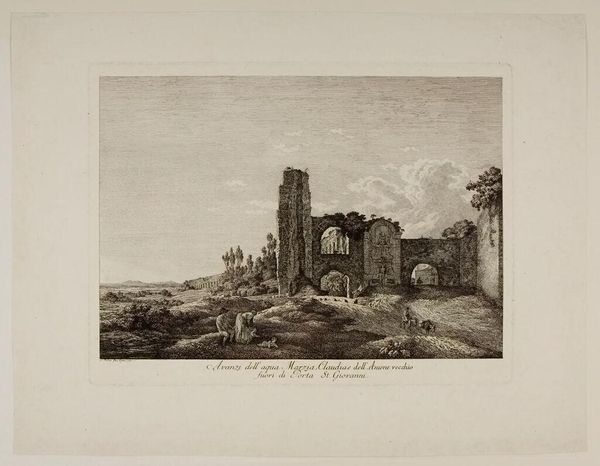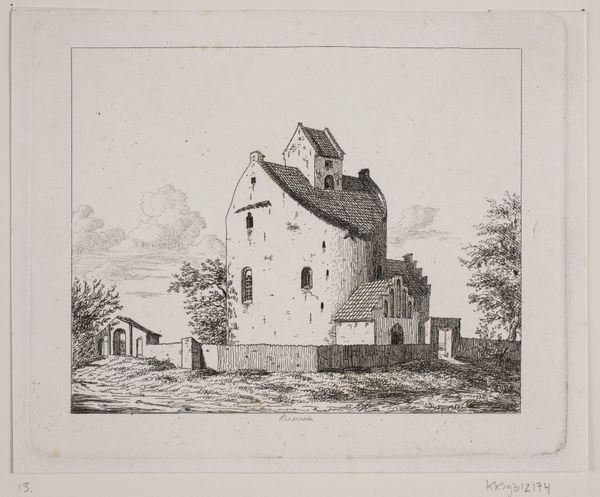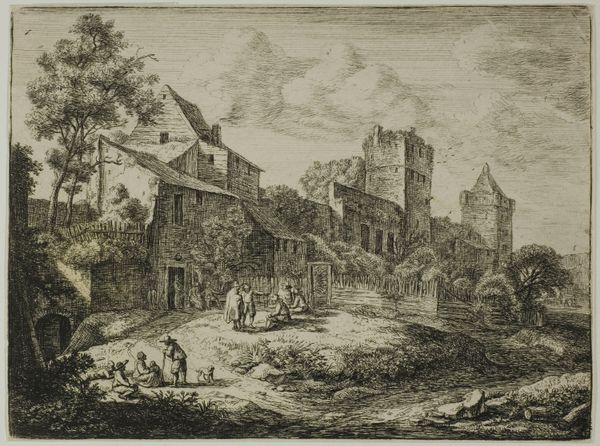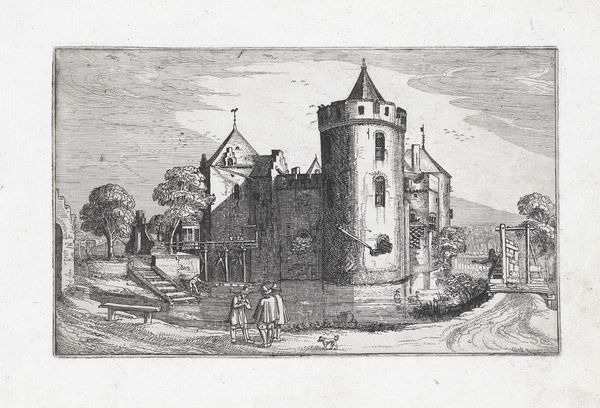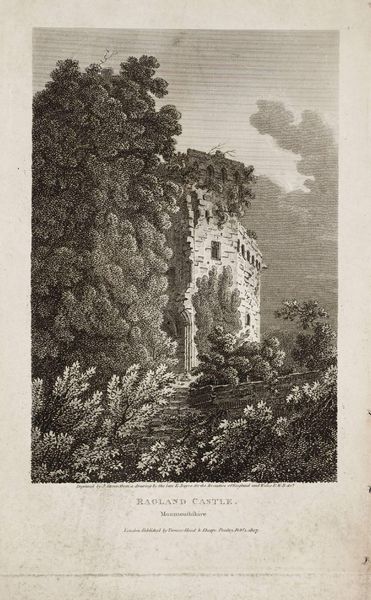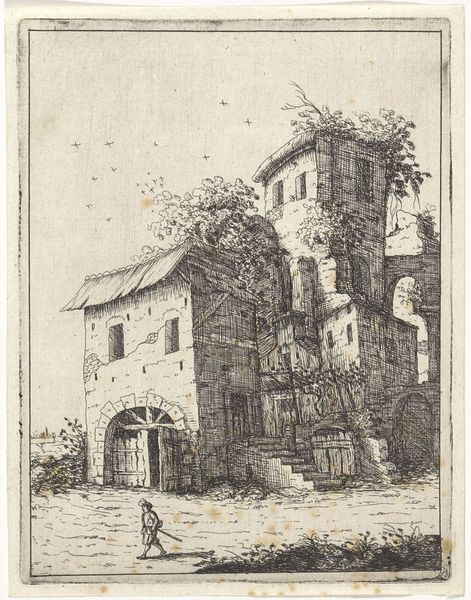
Copyright: CC0 1.0
Editor: This is Luigi Rossini's "Tarpeian Rock." It looks like an etching. It's an imposing scene, a bit gloomy. What stands out to you? Curator: What strikes me is the weight of history and power Rossini captures. The Tarpeian Rock was a site of execution, a place where perceived enemies of the state were cast down. How does that historical weight influence your reading of the "gloomy" mood? Editor: It definitely adds a darker layer. So, it’s not just about the architecture; it's also about the people who were condemned here. Curator: Exactly. Rossini’s work makes us confront the complex relationship between power, justice, and the built environment. Think about who had the power to condemn others, and who was vulnerable. Editor: That's a perspective I hadn't fully considered. It’s a powerful reminder that art can reveal uncomfortable truths about our past. Curator: Indeed. Art like this challenges us to reflect on the human cost of political decisions throughout history.
Comments
No comments
Be the first to comment and join the conversation on the ultimate creative platform.

